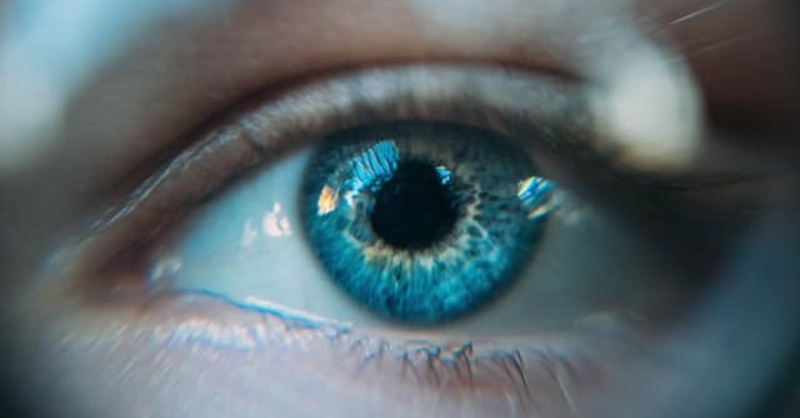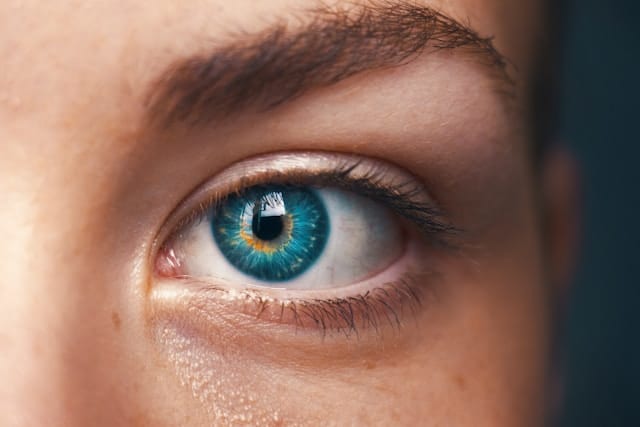The Fascinating Origins of Blue Eyes: A Genetic Mutation from 6,000 to 10,000 Years Ago

Individuals with blue eyes possess a distinctive characteristic that extends beyond their striking eye color. This second most prevalent eye hue emerged between approximately 6,000 and 10,000 years ago due to a specific genetic alteration; it is believed that all early humans originally had brown eyes.
The reduced melanin levels in blue-eyed individuals make them more susceptible to light sensitivity. This condition is known as photophobia and tends to occur more frequently among those with blue irises. Interestingly enough, research conducted by Professor Joanna Rowe at the University of Louisville indicates that people with blue eyes often demonstrate superior strategic thinking abilities.

Prominent figures such as Stephen Hawking and Marie Curie exemplify this cognitive advantage associated with blue-eyed individuals. Recent genetic studies have pinpointed the HERC2 gene as the key factor responsible for this eye color variation. This gene effectively inhibits the OCA2 gene’s function—typically linked to brown eyes—resulting in the development of blue irises.

Research led by Professor Hans Eiberg at the University of Copenhagen has revealed that this mutation likely occurred during humanity’s migration from Africa into Europe. The genetic switch responsible for ceasing brown eye production implies that all individuals with blue eyes can trace their lineage back to a common ancestor.
This groundbreaking research underscores the rich tapestry of genetic diversity and evolution present within our species’ genome while illustrating nature’s continuous exploration of human characteristics.



